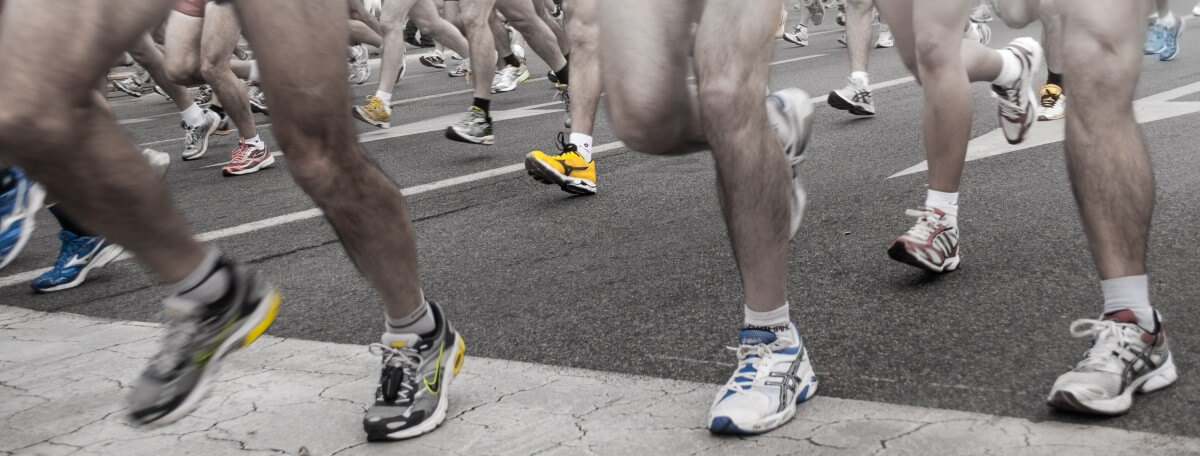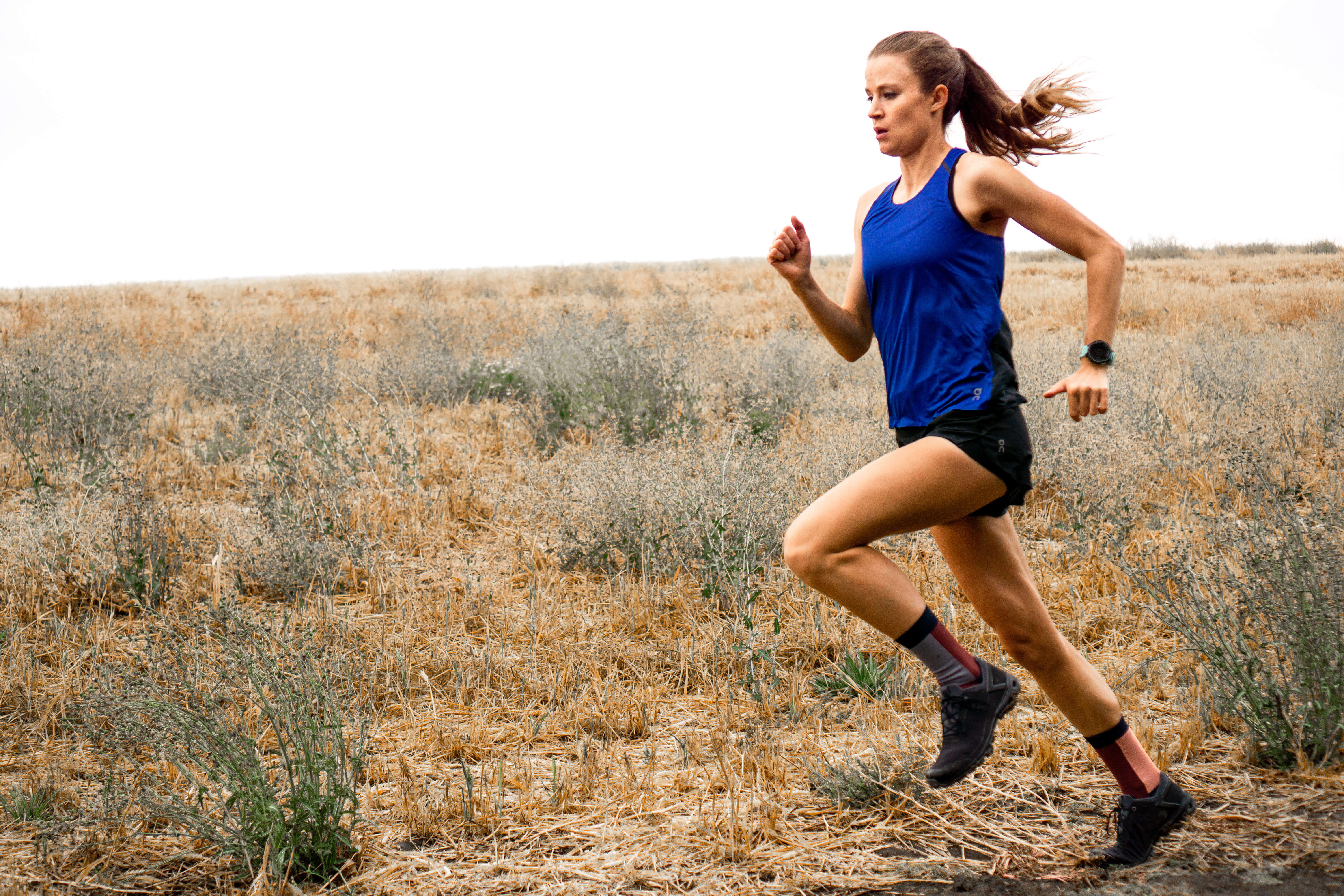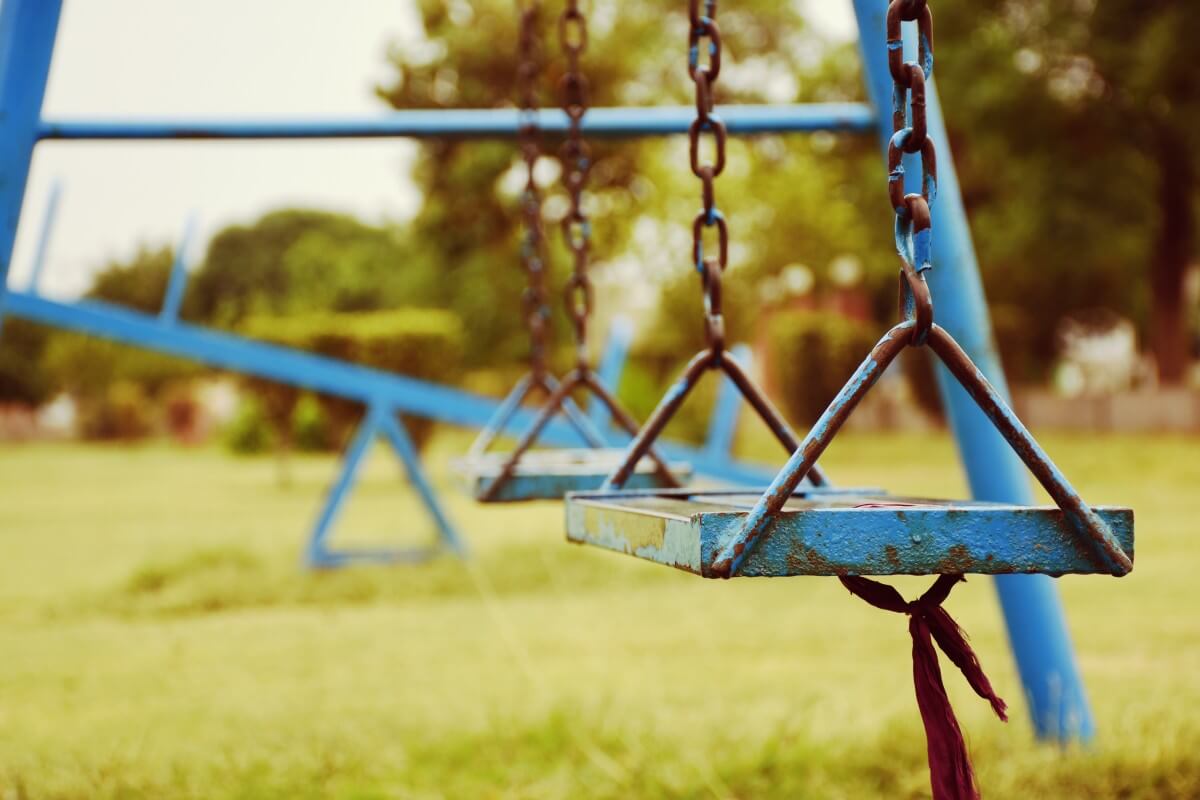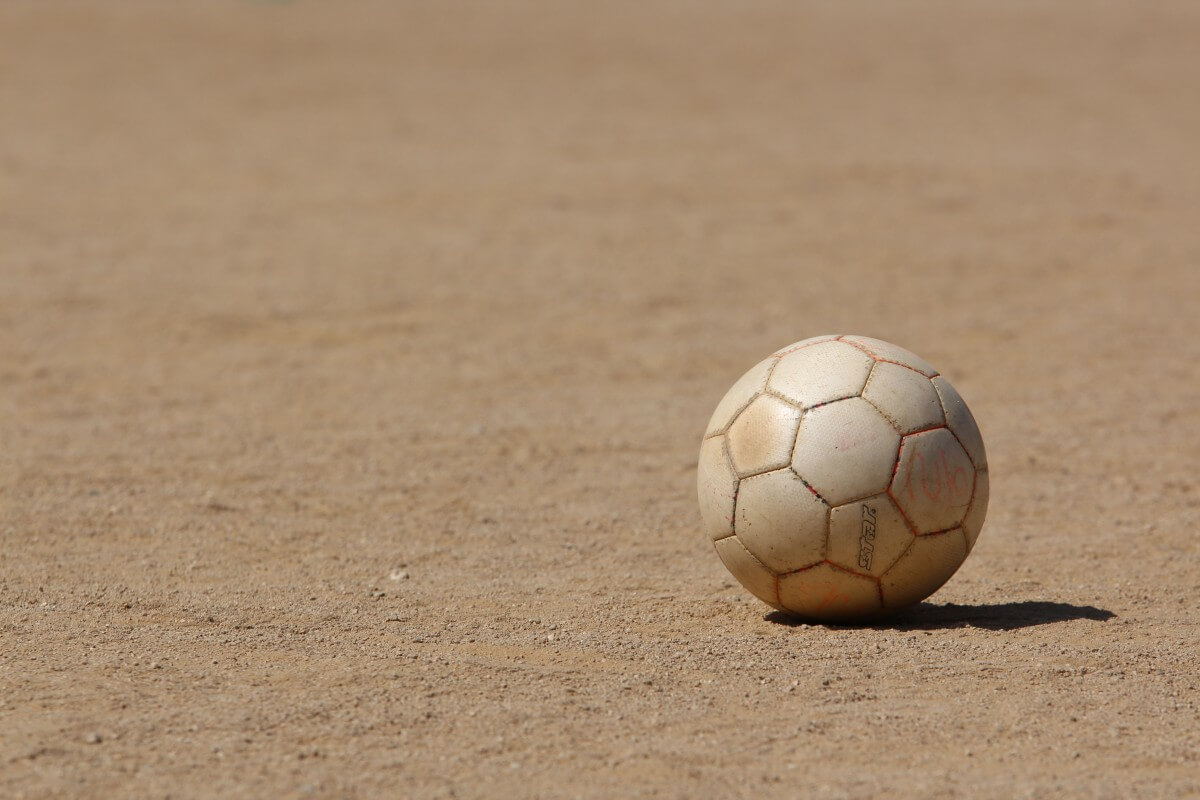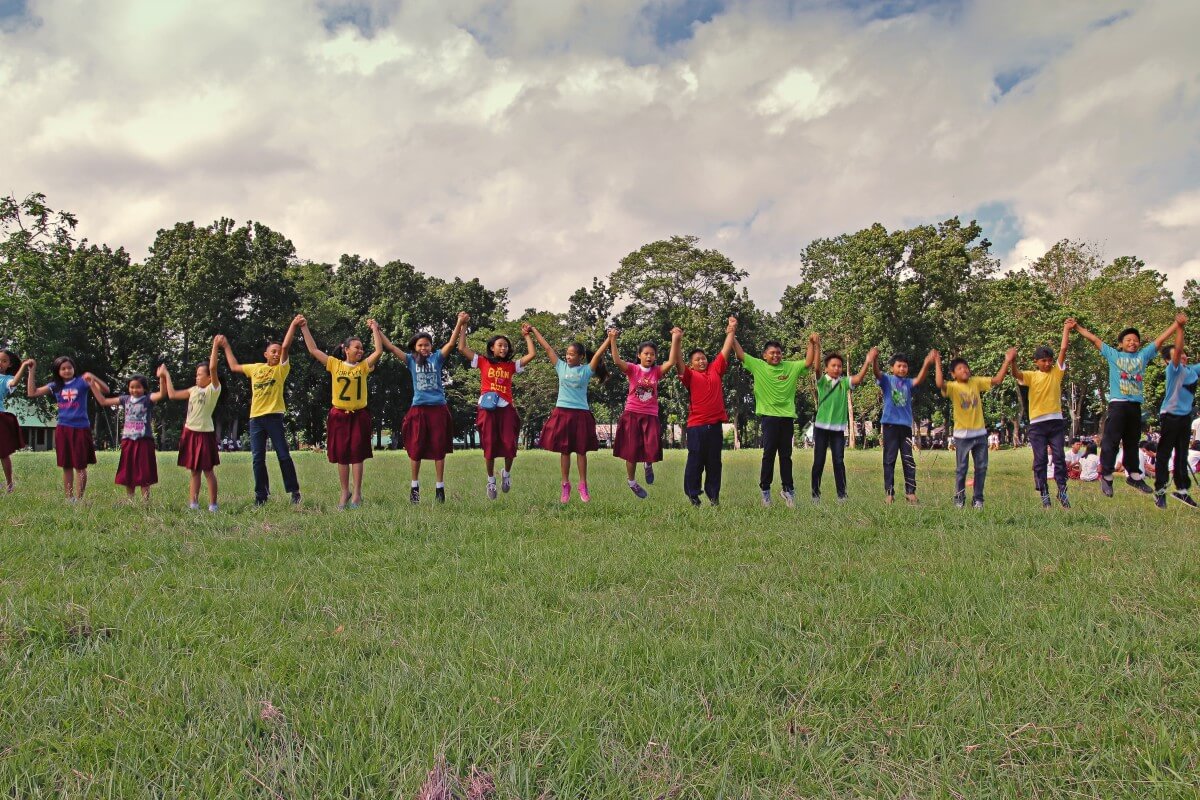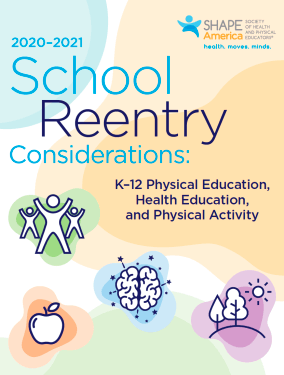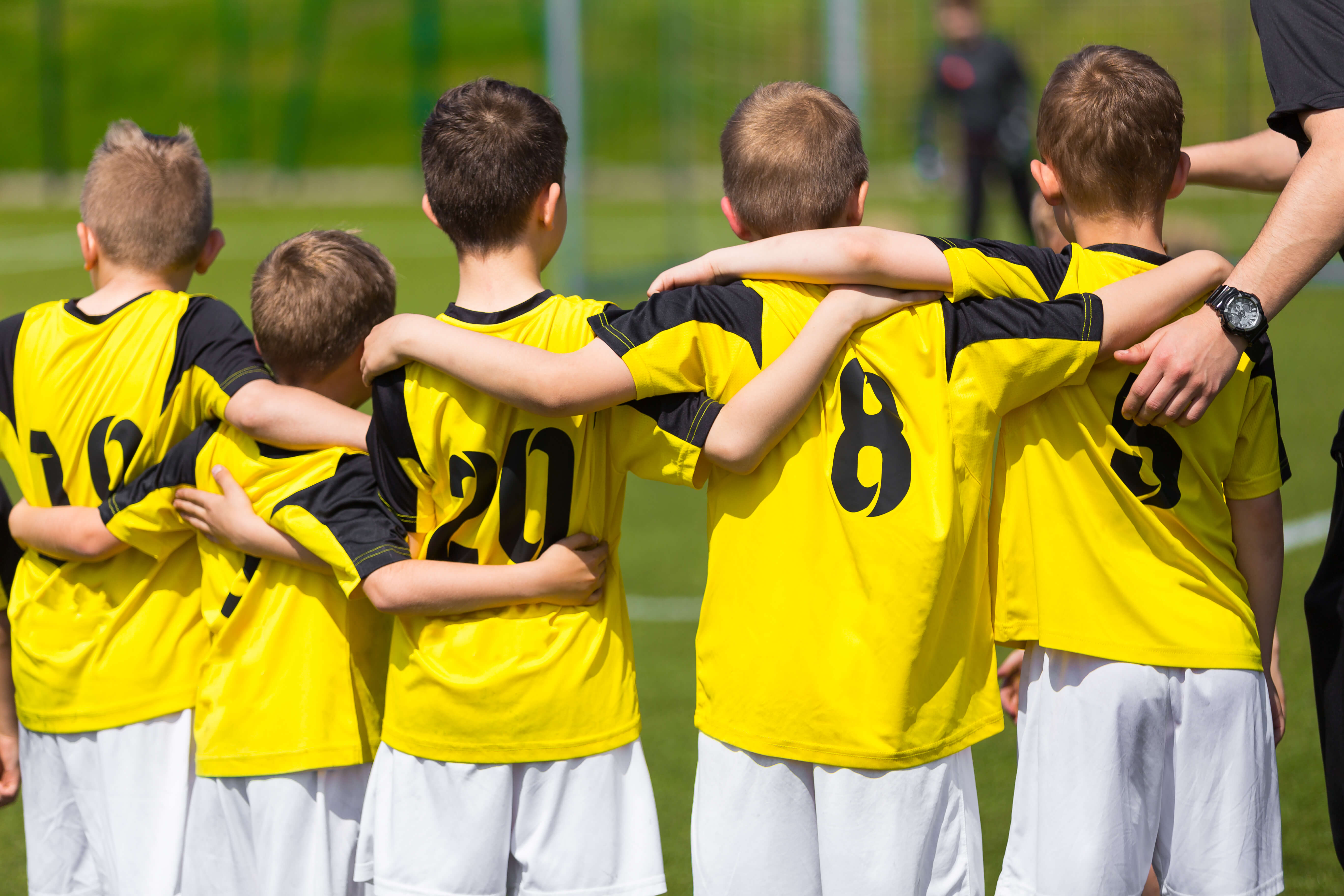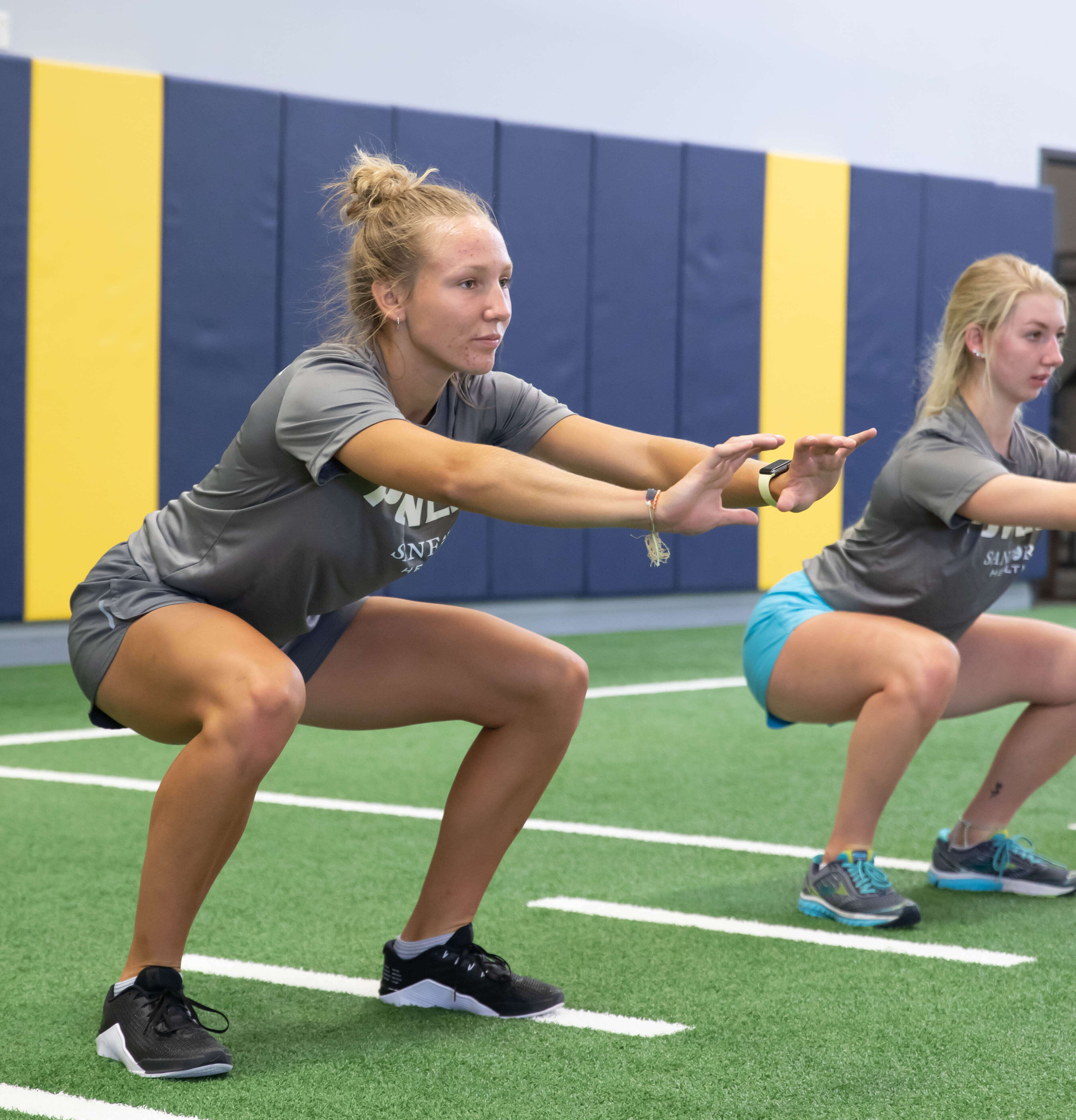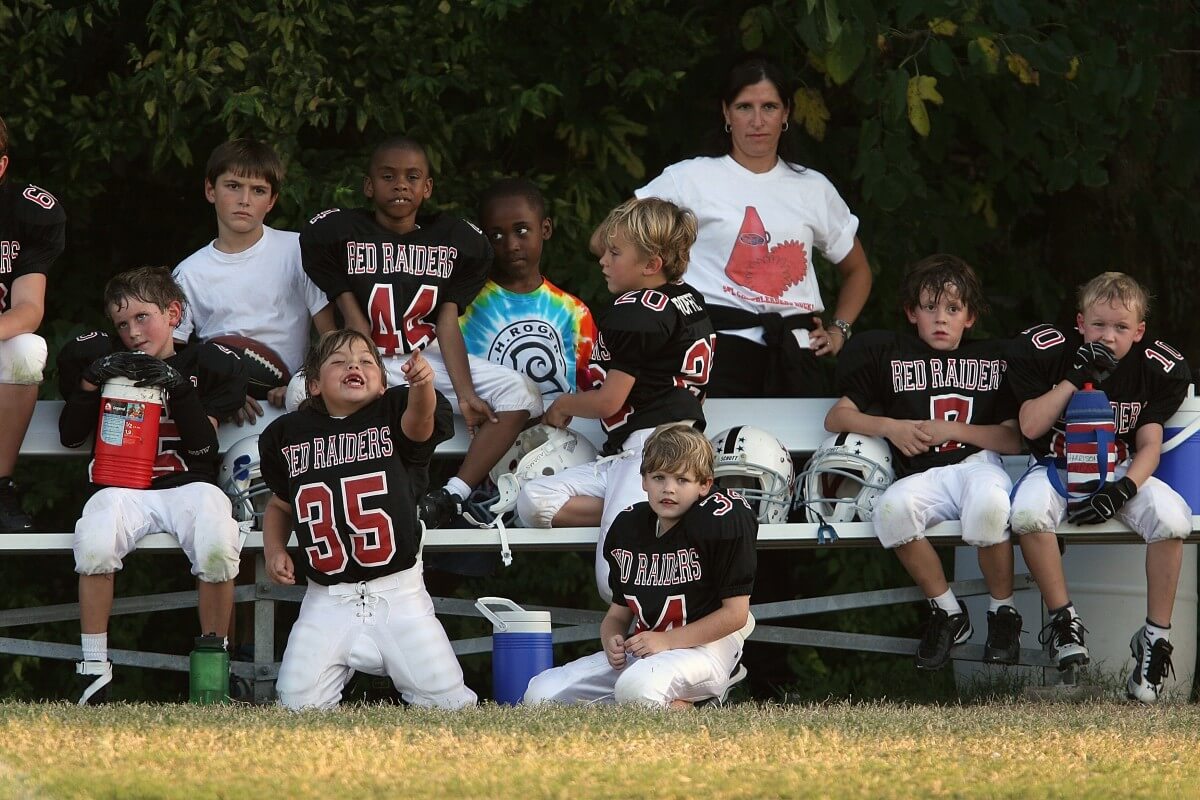
The awarding of participation trophies is a highly controversial topic. The argument between simply giving awards for participation, compared to giving to only the high achievers, has sparked much conversation. On one hand, people believe that participation trophies are great for rewarding participation and improving athlete attendance. On the other side, it is believed children become less motivated, less resilient, and unable to handle failure or criticism when they receive a trophy for simply showing up (Diller, 2011).
Benefits
A benefit of awarding participation trophies is they encourage children to keep showing up for practices and games. Their attendance in a sport or activity means they are involved with others and are being active. Attendance is an important aspect of many areas in a person’s life such as schooling, sports, family, and jobs. A person is unlikely to be successful by simply showing up, but it is a great starting point and will often lead to more success. Furthermore, an athlete’s attendance in a sport or activity means they are involved with others and being active.



